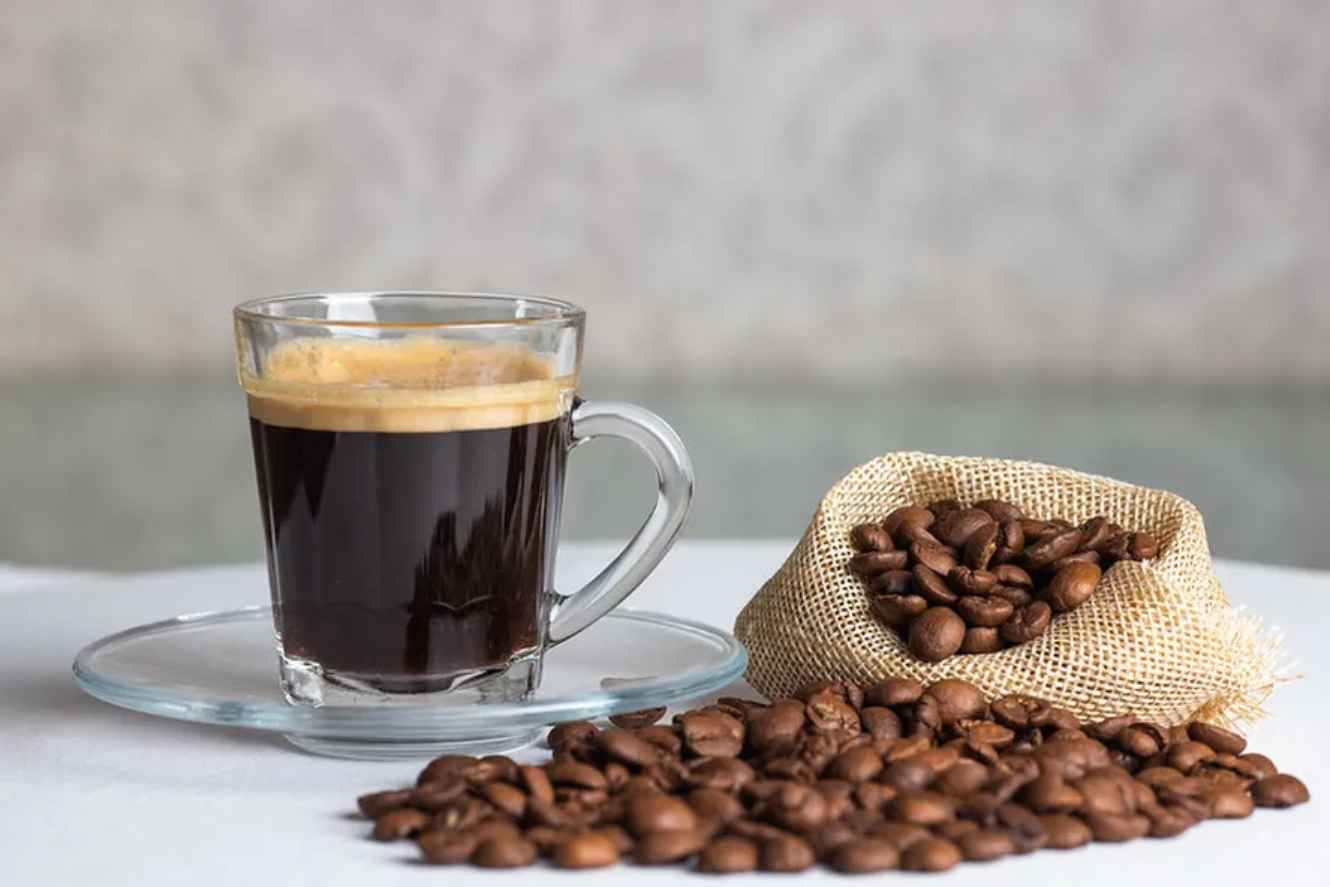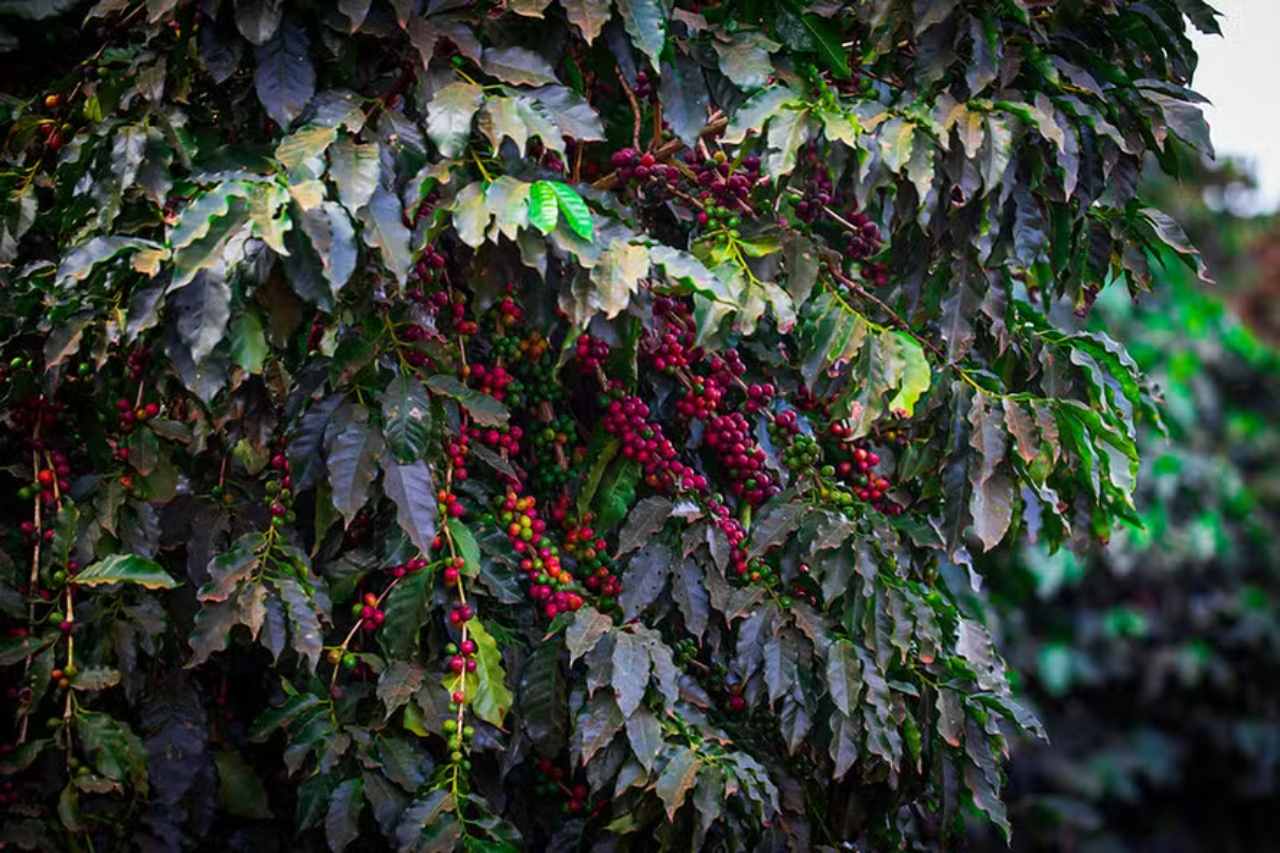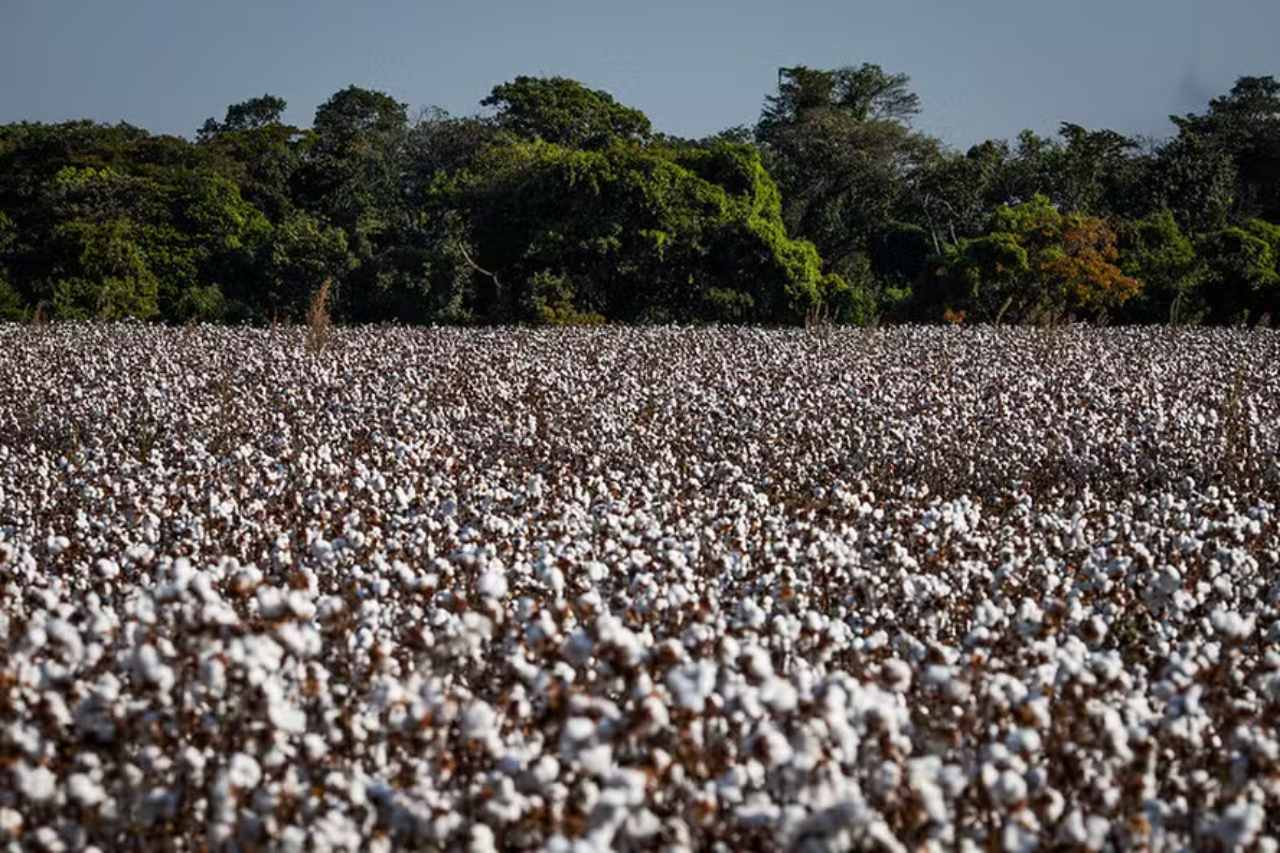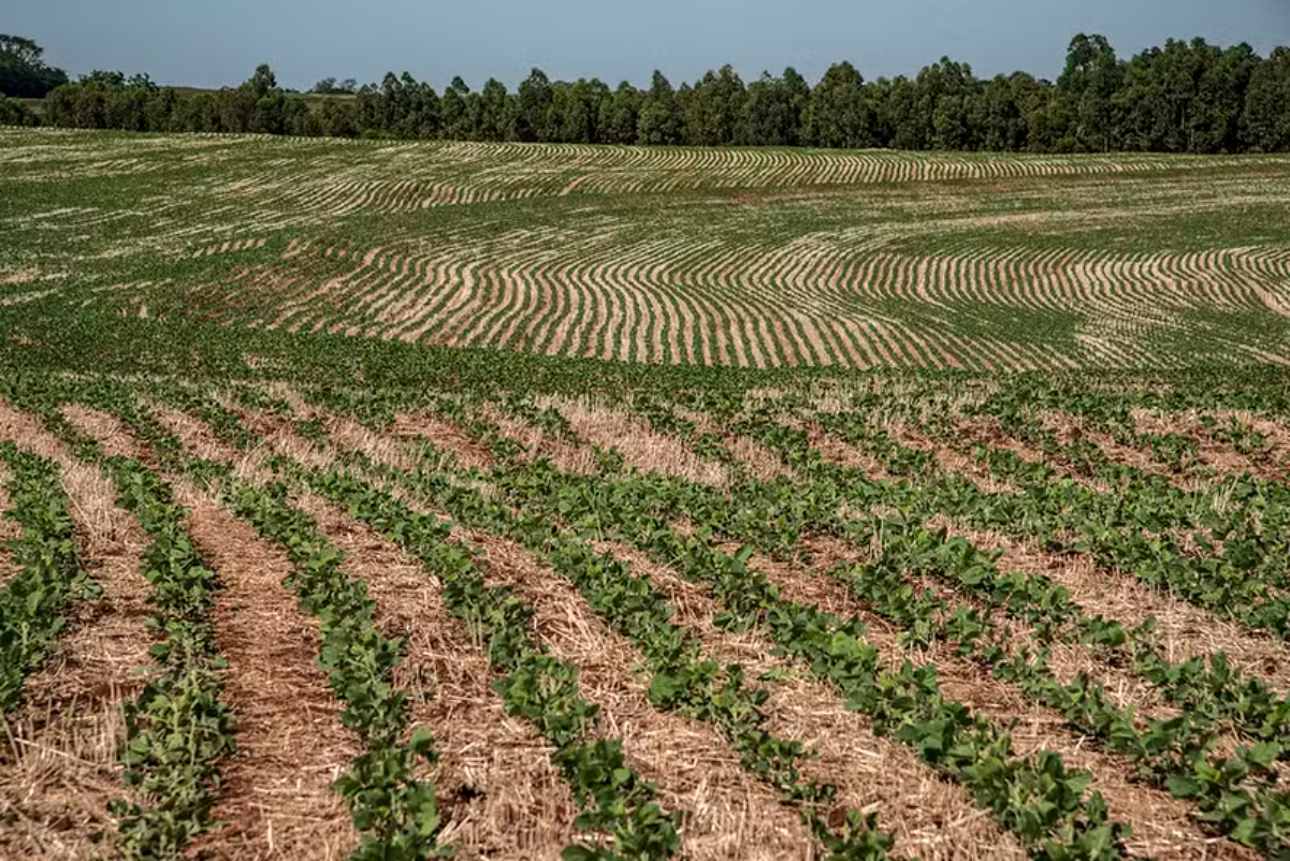Abic Reports Higher Prices Impacting Consumers
Retail sales of roasted and ground coffee in Brazil increased by 0.70% in October 2024 compared to the same month in 2023, reaching 1.24 million 60-kg bags, according to the Brazilian Coffee Industry Association (Abic). Comparing sales across August and September of this year, the sector saw a growth of 3.5%, totaling 1.19 million bags.
Currently, retail accounts for approximately 73% to 78% of Brazil’s domestic coffee consumption.
From January to September 2024, Abic reported an overall sales growth of 1.10%, with a total of 10.47 million bags sold.
Price Increases
In a year-on-year comparison, coffee prices rose in September 2024 due to factors including global supply-demand dynamics, crop shortfalls in major producing countries, and currency fluctuations. These factors have benefited Brazil’s coffee exports but impacted consumers domestically.
Traditional or extra-strong coffee saw the highest price increase, up 26.20% over the past year, reaching R$ 45.77 per kilogram. Soluble coffee prices rose by 15.80%, to R$ 182.94 per kilogram, while specialty coffee increased by 5.48% to R$ 113.47 per kilogram. Gourmet coffee, priced at R$ 86.20 per kilogram, showed an 8.10% increase year-over-year. In contrast, coffee capsules saw a price drop of 3.71%, now costing R$ 442.88 per kilogram.
“Regional data shows that the North has the highest average price for traditional/extra-strong coffee, while the South leads in prices for premium coffee,” Abic stated. “Gourmet coffee costs more in the Center-West, and the North region also has the highest prices for specialty coffee. The Southeast has the highest prices for soluble coffee, and capsule prices are also steepest in the North.”
Sales Trends
In September 2024, cash-and-carry channels represented 18.90% of coffee in the basic grocery basket—up nearly three percentage points from 16% in September 2023.
In terms of socioeconomic groups, coffee consumption was highest in Class D households, where it appeared in 14.40% of baskets, followed by Class C at 10.50%, and Class AB at 6%, according to Abic.





